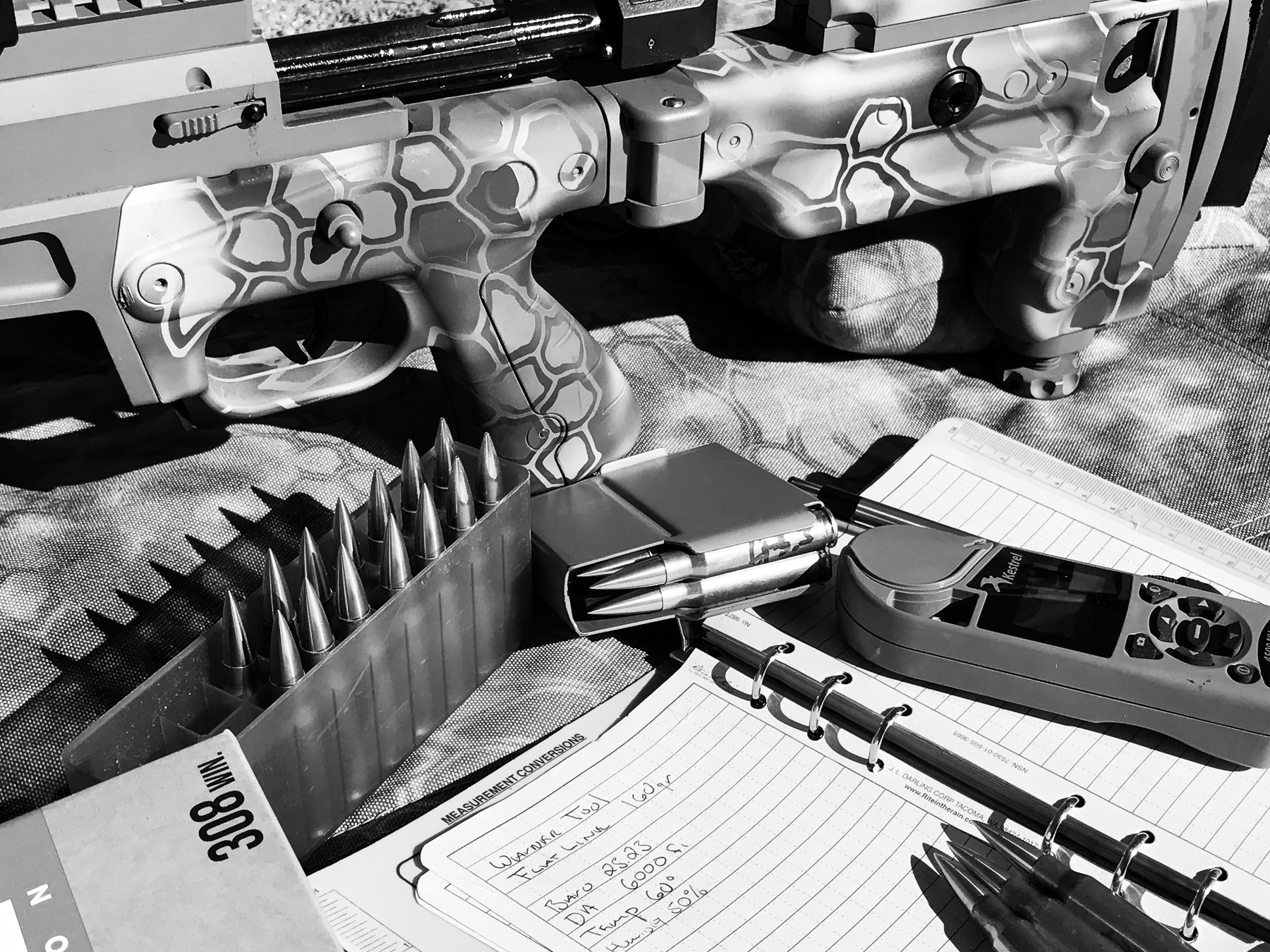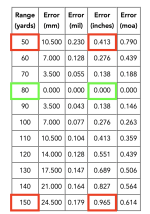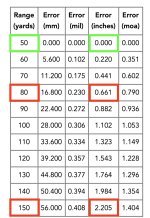Curious how shooters shoot stages and adjust parallax at multiple distances during competition.
Let's say you have targets at 50/80/150 just as an example. Could be any range of distances. Do guys save time and adjust to one parallax setting before the stage or do you adjust every distance depending on target size knowing it may not really be a factor, or adjust knowing it may make or break a hit.
Cheers
Let's say you have targets at 50/80/150 just as an example. Could be any range of distances. Do guys save time and adjust to one parallax setting before the stage or do you adjust every distance depending on target size knowing it may not really be a factor, or adjust knowing it may make or break a hit.
Cheers






